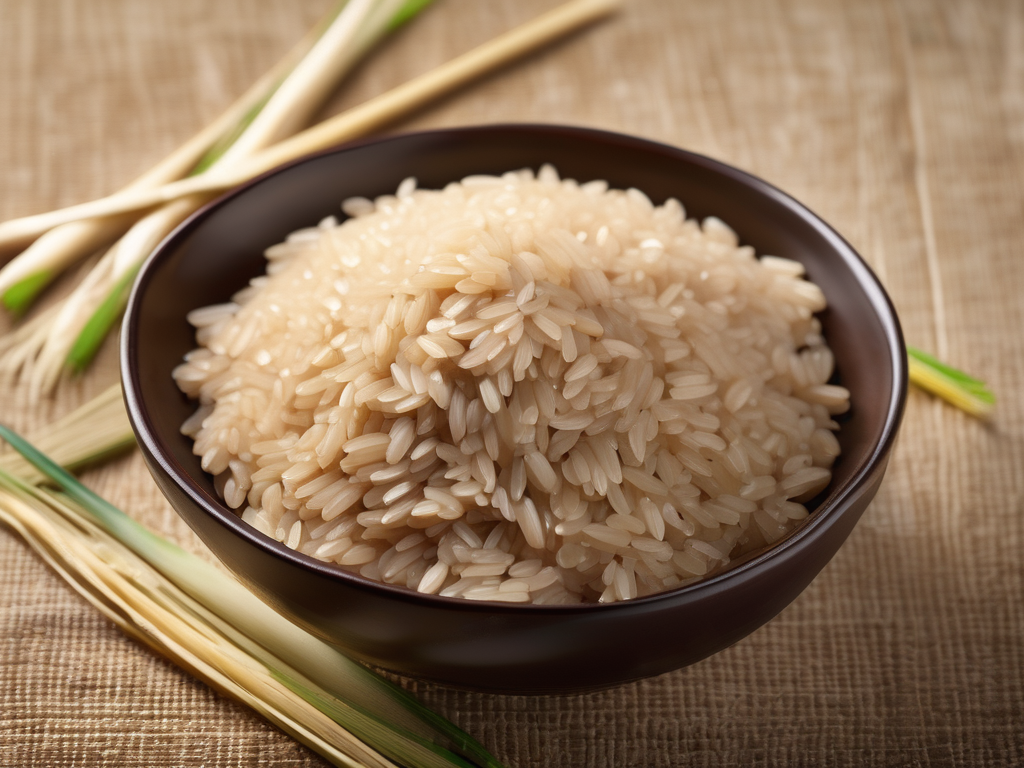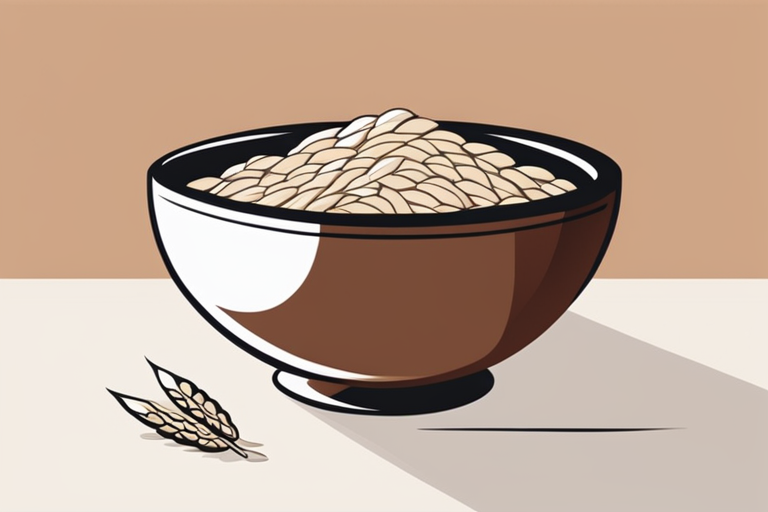
Is Your Brown Rice Still Good? How to Tell if It Has Gone Bad
Get Your Free Food Safety Cheat Sheet
30 most common foods with instant answers. Print it and stick it on your fridge—completely free!
Is Your Brown Rice Still Good? How to Tell if It Has Gone Bad
Are you wondering if that bag of brown rice sitting in your pantry is still safe to eat? Brown rice is a nutritious and versatile staple in many households, but like any food, it can spoil over time. In this blog post, we will explore how to tell if your brown rice has gone bad and provide you with practical tips on food safety and storage. (Brown rice)
Understanding the Shelf Life of Brown Rice
Brown rice, like other grains, has a limited shelf life due to its natural oils that can turn rancid over time. Proper storage is key to maintaining the quality and safety of your brown rice. Here are some general guidelines on the shelf life of brown rice:
Factors that Influence Shelf Life
Several factors can affect the shelf life of brown rice, including:
- Storage Conditions: Proper storage in a cool, dry place can help extend the shelf life of brown rice.
- Packaging: Brown rice stored in airtight containers or vacuum-sealed bags can last longer than rice stored in open packaging.
- Exposure to Light and Heat: Exposure to light and heat can accelerate the degradation of the rice's quality.
Signs that Your Brown Rice Has Gone Bad
It's essential to inspect your brown rice before cooking it to ensure it is still safe to consume. Here are some signs that your brown rice may have gone bad:
1. Off Odor
- Rancid or musty smell
- Sour or foul odor
2. Mold Growth
- Visible mold or mildew on the rice grains
- Discoloration or dark spots on the rice
3. Insects or Pests
- Presence of insects, larvae, or pests in the rice
- Webbing or silk threads in the packaging
4. Change in Texture
- Clumping or stickiness of the rice grains
- Unusual softness or mushiness
5. Taste
- Bitter or sour taste
- Stale or off-flavor
How to Properly Store Brown Rice
Proper storage is crucial in preserving the freshness and quality of brown rice. Follow these tips to ensure your brown rice stays safe to eat:
1. Store in a Cool, Dry Place
- Keep brown rice in an airtight container or resealable bag.
- Store in a cool, dry pantry away from direct sunlight and heat sources.
2. Use Oxygen Absorbers or Vacuum Sealers
- Oxygen absorbers can help extend the shelf life of brown rice by reducing oxidation.
- Vacuum sealers can remove air from the packaging, preventing spoilage.
3. Check for Pests Regularly
- Inspect your brown rice for signs of pests or insect infestation.
- Consider storing rice in airtight containers to prevent pests from accessing it.
4. Rotate Stock Regularly
- Follow the "first in, first out" rule to ensure older rice is used before newer purchases.
- Label containers with purchase dates to track freshness.
Conclusion
In conclusion, it's essential to be mindful of the signs of spoilage when it comes to brown rice. By understanding the factors that influence shelf life, recognizing the signs of spoilage, and following proper storage practices, you can ensure that your brown rice remains safe to eat. Remember to inspect your brown rice before cooking it and discard any rice that shows signs of spoilage. By taking these precautions, you can enjoy delicious and nutritious brown rice in your meals. (Brown rice)

Authoritative Food Safety References
These agencies and university labs inform every tip and health precaution we publish.
USDA FoodKeeper – Cold Storage Guidelines
Official refrigerator, freezer, and pantry timelines maintained by the U.S. Department of Agriculture.
Visit USDA FoodKeeperFDA Produce Safety Rule & Grower Guidance
Field-to-fridge handling practices that prevent contamination of fruits, vegetables, and leafy greens.
Visit FDA Produce SafetyCDC Foodborne Illness Prevention Hub
Surveillance-backed guidance on pathogens, symptoms, and steps to reduce foodborne illness risk.
Visit CDC Food SafetyUC Davis Postharvest Technology Center
University research detailing optimal storage atmospheres for produce after harvest.
Visit UC Davis PostharvestPenn State Extension – Home Food Preservation & Safety
Peer-reviewed extension bulletins on safe canning, chilling, and reheating practices.
Visit Penn State ExtensionQ: Can I still eat brown rice after the expiration date?
Q: How should I store brown rice to keep it fresh?
Q: Can I freeze brown rice to extend its shelf life?
Q: Is it safe to reheat leftover brown rice?
Get Your Free Food Safety Cheat Sheet
30 most common foods with instant answers. Print it and stick it on your fridge—completely free! Want more? Upgrade to the complete guide with 70+ foods.
Scan your food directly and get instant safety info using our AI-powered camera feature.